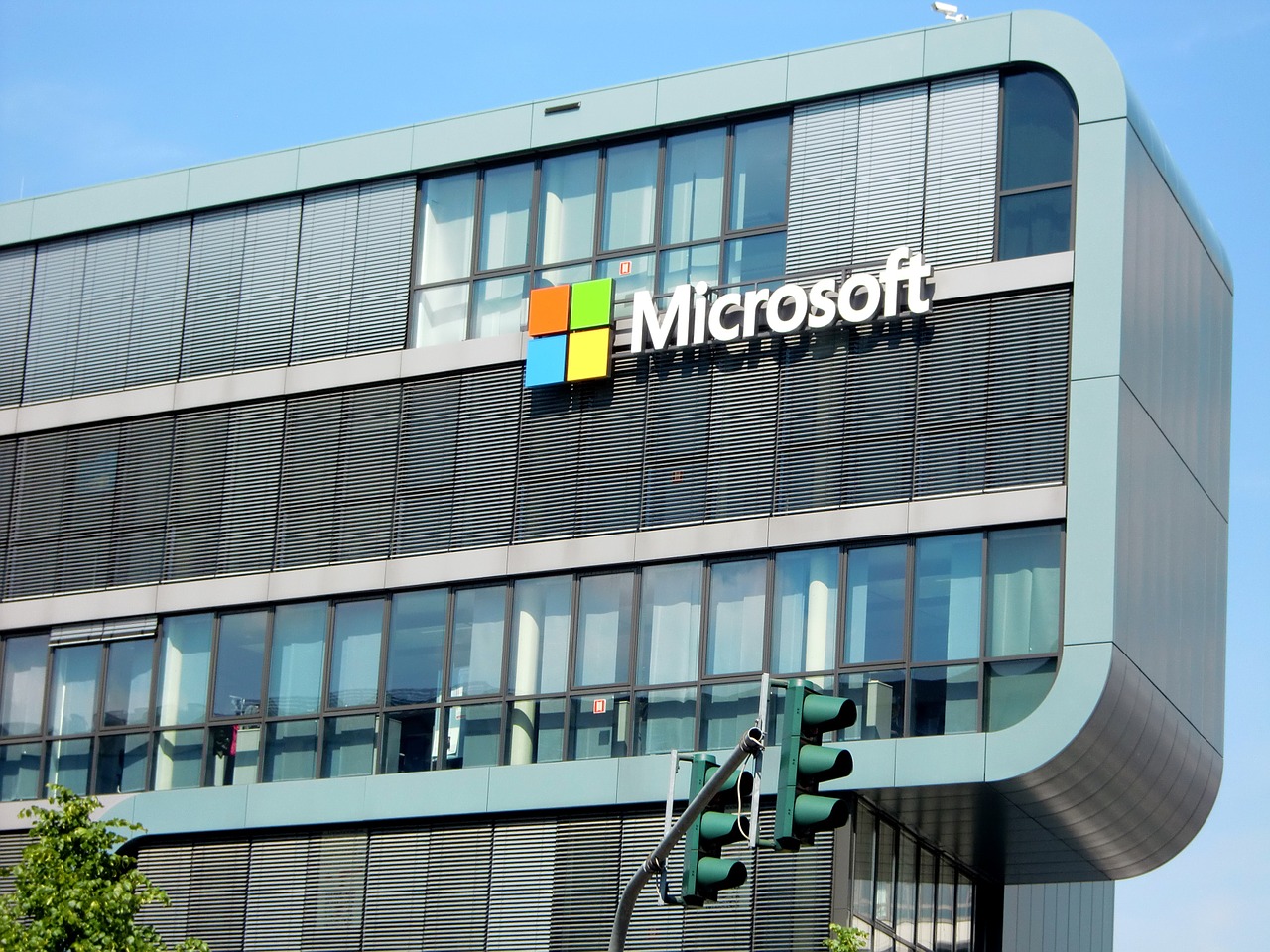 INFRA
INFRA
 INFRA
INFRA
 INFRA
INFRA
Developers will soon be able to run Linux containers natively on Windows Server, Microsoft Corp. said at Dockercon 2017 Wednesday.
Windows Server 2016 already provides support for Docker containers, but it’s a complicated process to run them because developers need to target Windows specifically. However, Microsoft said it’s adapting the resource isolation feature in its Hyper-V software for creating virtual machines to support Linux-based containers on the platform.
In a blog post, John Gossman, Azure lead architect at Microsoft, said the end result will be that Linux containers will provide same isolation and management experience as native Windows Server containers, on the same host. He said the point of hosting Linux and Windows containers in the same environment was to simplify information technology infrastructures, so that companies can run both kinds of containers and streamline their application development processes. Windows Server developers and IT admins will eventually be able to “run any container images regardless of their platform,” Gossman added.
Microsoft has got a number of major Linux companies on side with the initiative, including Canonical Ltd., Intel Corp., Red Hat Inc. and SUSE. Each of these companies’ Linux distributions will be added to the list of compatible options, the company said.
According to Scott Johnston, chief operating officer at Docker Inc., the advent of hyper-V Linux containers and Docker’s new LinuxKit represent “a unique, innovative solution for developers building heterogeneous, hybrid cloud applications.”
Microsoft has been busy at Dockercon this week. Earlier, it announced a new overlay networking driver for Windows Server 2016. Using it, organizations can create Docker Swarms with multiple Windows Server and Linux hosts, without the need to separately configure the underlying network fabric.
Microsoft also played a role in the development of a new service from Docker that aims to lower the entry barrier to software containers. The Modernize Traditional Applications Program is designed to help companies move existing workloads and legacy applications to a microservices infrastructure.
Support our mission to keep content open and free by engaging with theCUBE community. Join theCUBE’s Alumni Trust Network, where technology leaders connect, share intelligence and create opportunities.
Founded by tech visionaries John Furrier and Dave Vellante, SiliconANGLE Media has built a dynamic ecosystem of industry-leading digital media brands that reach 15+ million elite tech professionals. Our new proprietary theCUBE AI Video Cloud is breaking ground in audience interaction, leveraging theCUBEai.com neural network to help technology companies make data-driven decisions and stay at the forefront of industry conversations.